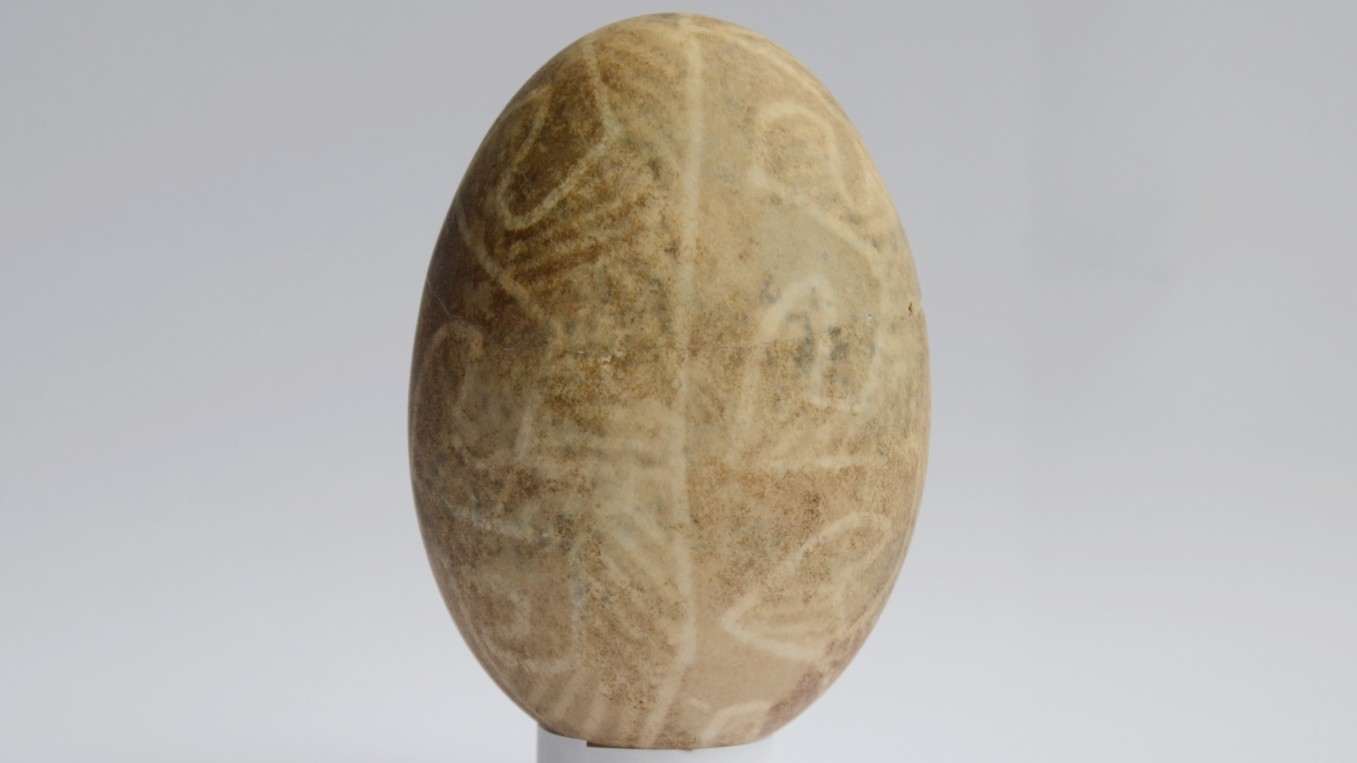Does walking build muscle?
It’s our most regular form of exercise, but does walking build muscle? We look to studies and an expert for the answer
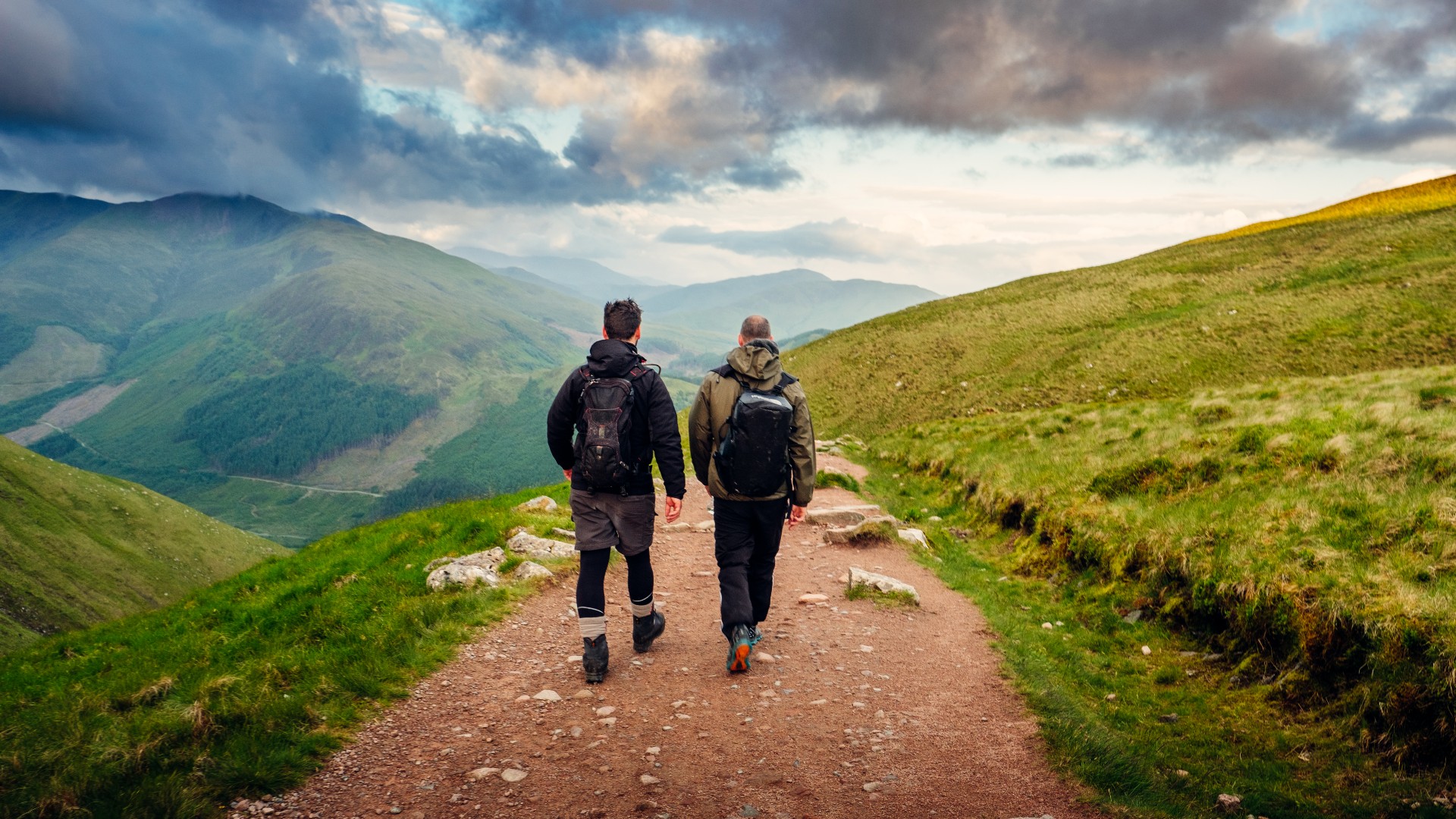
Whether you’re a regular gym-goer with muscle-building constantly on the mind, or a fitness-tracker buff with eyes set firmly on that daily 10,000, you’ll surely have thought, does walking build muscle? After all, it’s our most regular form of exercise, and for some who might have trouble lifting weights or taking part in intense cardio, the only form that can be undertaken.
“Walking is primarily viewed as a form of low-intensity cardiovascular exercise,” says Brett Starkowitz, master trainer and head of education at Ten Health & Fitness. “It generally does not cause significant changes in either muscle mass or tone.” Well that’s that then, right? Well, not quite, so don’t stop looking around for the best treadmills just yet.
“Walking falls under the category of endurance exercises, which are known to build slow-twitch muscle fibers; the fibers predominantly used for periods of sustained activity. People may notice a slight increase in leg size post-walking as the legs ‘swell’ to take in nutrients and remove waste products – such as lactic acid,” says Starkowitz.

Brett Starkowitz has been in the fitness industry for nearly 20 years. He qualified in classical and contemporary Pilates and began teaching both in a 1-1 and group training environment. Starkowitz has a BA Clinical Psychology, and is qualified in Athletic Performance and Conditioning.
This may explain those bulging calves after your customary walk around the local park, but sadly the change in volume won’t last more than an hour after. Yet, continue walking for sustained periods regularly and those toned calves may stick around, with a 2018 study by Nagoya University finding that muscle quality was improved among 31 participants after 10 weeks of regular 30-minute sets of walking.
So, while you’re not going to build the legs of an Olympic weightlifter while walking (you'll need weight training for that, and using the best adjustable dumbbells is a great way to get started) there is muscle to be built from it. With that, we look at what muscles get worked while you're walking and whether you can burn fat doing it. Learn your muscle fiber types first or read on to gain tips from Starkowitz to help level up your daily walks and start building muscle faster.
- Read more: How to gain muscle
What muscles are worked while walking?
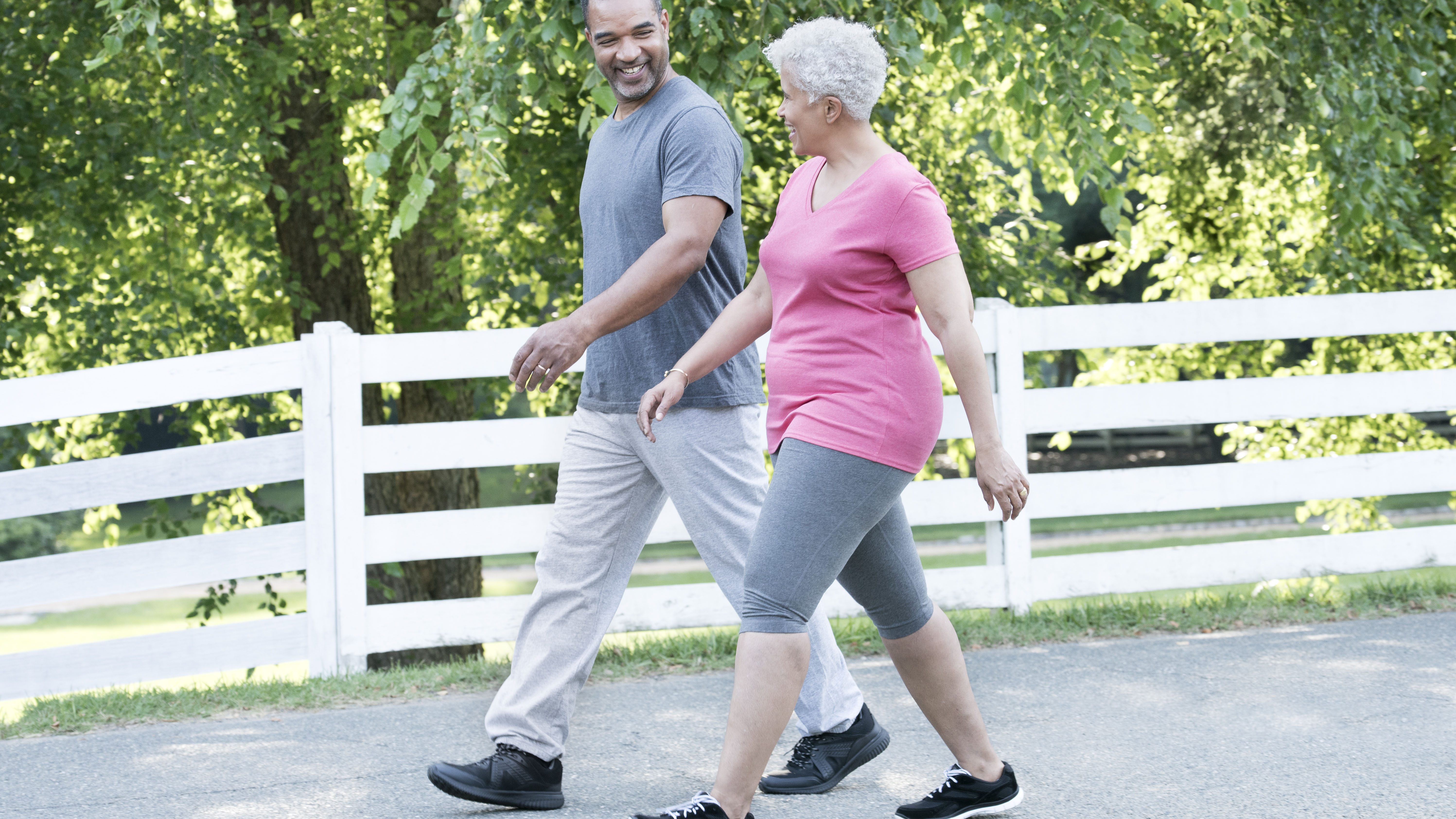
Walking is predominantly going to be working your lower body, and mainly stimulating your quadriceps, hamstrings, glutes, calves and hip adductors, as well as your spine and abdominal muscles, which all have a significant role in stabilizing your trunk as you move forwards.
“Walking is one of the best all round leg workouts,” says Starkowitz, who also mentions the need to include small hand weights or Nordic poles if you’re looking to expand walking into a full-body workout.
Can you burn fat while walking?
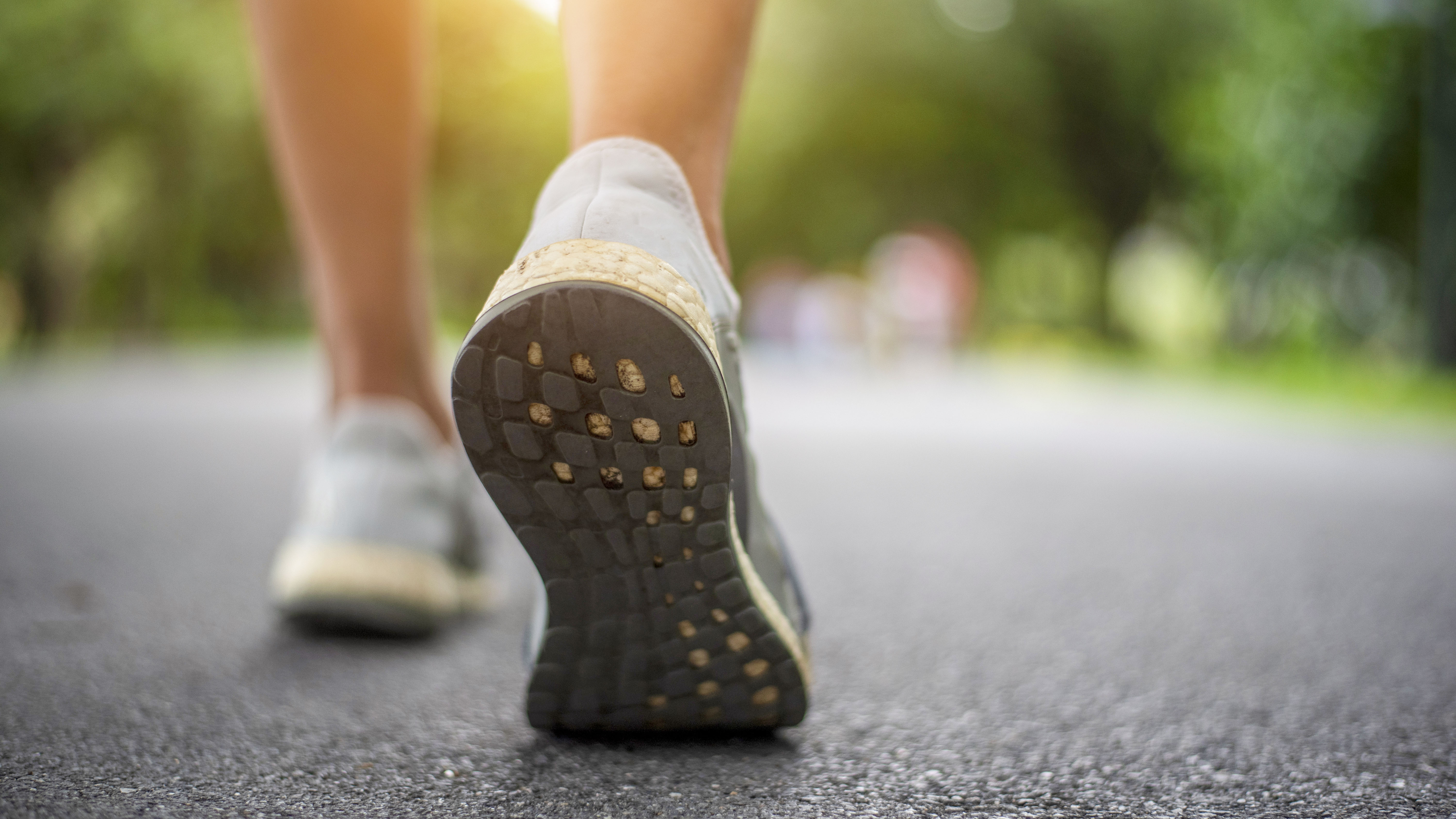
Yes. Walking is cardio, so combining it with the correct diet is a great recipe for burning fat, according to Starkowitz. “The key is to monitor your heart rate and work in what is known as the ‘Fat Burning Zone’. This usually equates to working at 60%-70% of your maximal heart rate, which in general equates to a 7-12 calorie burn per minute.”
Another important aspect to consider when looking for fat-burning results from walking is duration.
“Working at this low to moderate intensity means you need to ensure your walks are long enough to see meaningful results,” says Starkowitz.
Also remember that if you’re looking to exercise for weight loss, morning is best, with a study in the International Journal of Obesity, finding that participants undertaking a 10-month supervised exercise program experienced greater weight loss success when exercising between 7am and 11:59am.
“Regular walking helps preserve lean muscle mass,” says Starkowitz. “Muscle mass, unlike fat, is metabolically active, which means that on a daily basis, you are burning more calories.”
Need help squeezing in the extra steps? Install one of the best walking treadmills under your desk and you can stroll as you work.
Maximizing muscle building while walking

According to Starkowitz there are several ways to maximize your muscle-building potential while walking.
“A popular option is incorporating intervals by alternating between walking at a steady pace and doing a 'power walk’, a light jog or a sprint,” says Starkowitz. “This will have multiple benefits on cardiovascular endurance and strength gains by engaging fast-twitch muscle fibers.
”You could also pause during your walk to add in some bodyweight exercises, such as lunges, squats, push-ups or planks. Try working small 20-30 second bodyweight strength intervals into your walk to maximize the cross-training effect. Or switch up the direction of your walk by adding in intervals of backward jogging and side-stepping to work on improving balance and stability.”
Beyond these cross-functional forms of exercise, there’s also the potential to add weights to your walk. We’ve mentioned hand weights and Nordic poles, but you may also want to consider a weighted vest or ankle weights.
“Weighted vests have the added benefit of making you engage and strengthen your back muscles to ensure you are maintaining good posture throughout your walk,” says Starkowitz.
Plus, walking with weights can also increase your bone muscle density and reduce the risk of fractures according to a 2018 systematic review in BioMed Research International.
Mixing up the terrain
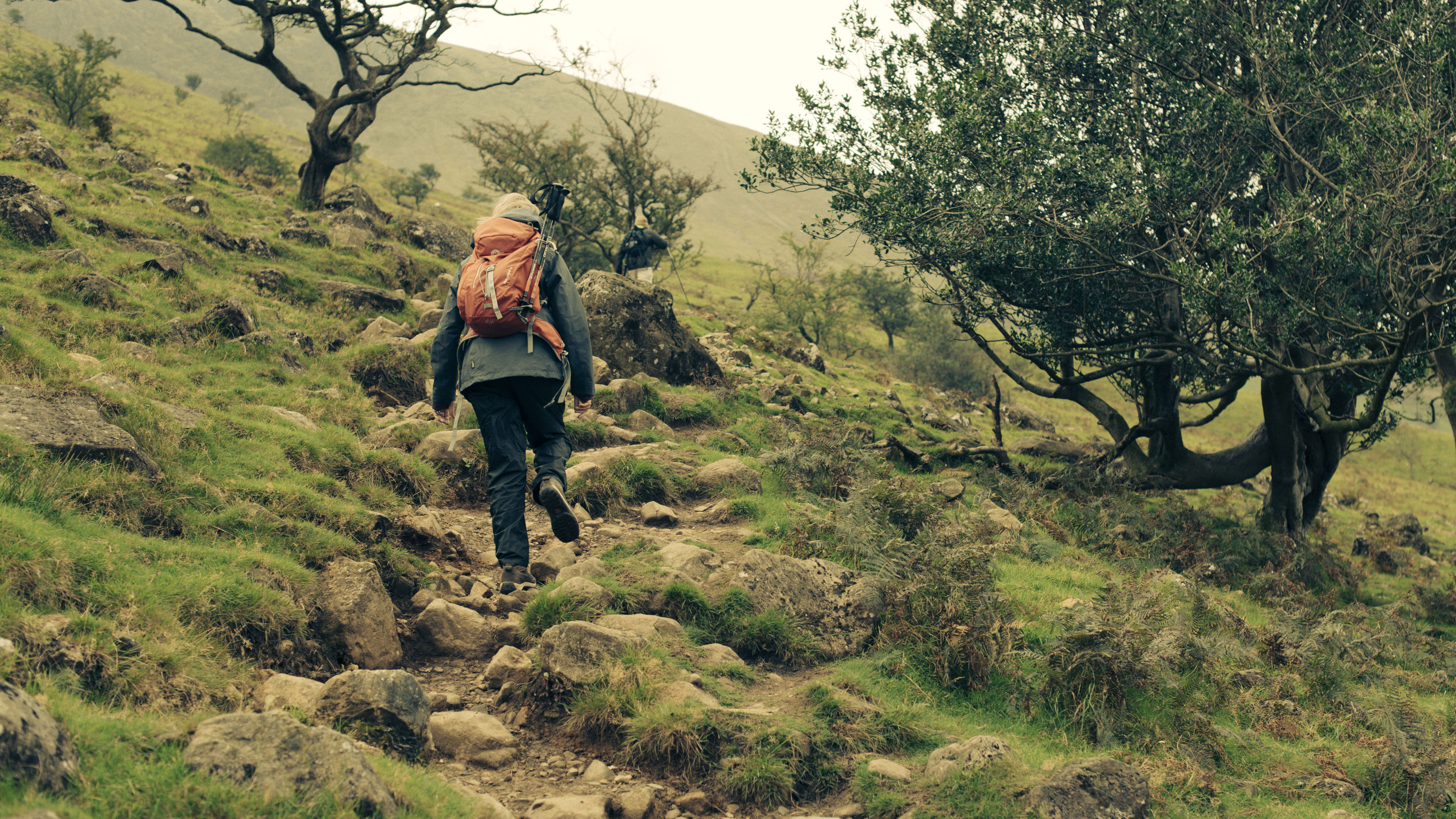
Another great way to boost your muscle building is to take your walk off flat ground and ramp up the incline.
“Walking on trails, roads, grass, inclined or uneven surfaces, or unstable ones like sand or gravel, will challenge the muscles of your lower leg, ankles and feet more than on pavement, and they’ll have to work harder to maintain balance and stability,” says Starkowitz. “Try alternating the route of your walk to include a few different inclines and surfaces, and if you find a set of stairs along your walk, take them.”
And if the idea of going off-road puts you off walking outside altogether, take your walks indoors with a treadmill. “Alternate between working at different inclines and speeds to vary the intensity and muscle recruitment of the workout,” says Starkowitz. “Lastly, if you are walking on a treadmill, let go of the handrails. You will increase the calorie burn and recruitment of the core muscles far more.”
- Related: Can walking lower blood pressure?
Further reading
The effects of exercise session timing on weight loss and components of energy balance.
The Effectiveness of Physical Exercise on Bone Density in Osteoporotic Patients.
Sign up for the Live Science daily newsletter now
Get the world’s most fascinating discoveries delivered straight to your inbox.
A former commissioning editor at men’s lifestyle site FashionBeans, and lifestyle writer at The Telegraph, Richard takes pride in his ability to craft engaging reads on pretty much any topic imaginable. He is currently editor of inForm, the in-house magazine of supplements brand Form Nutrition, and specialises in easy-to-follow guides within the health and fitness space. Along with these roles, Richard also has bylines with The Evening Standard and The Independent.











